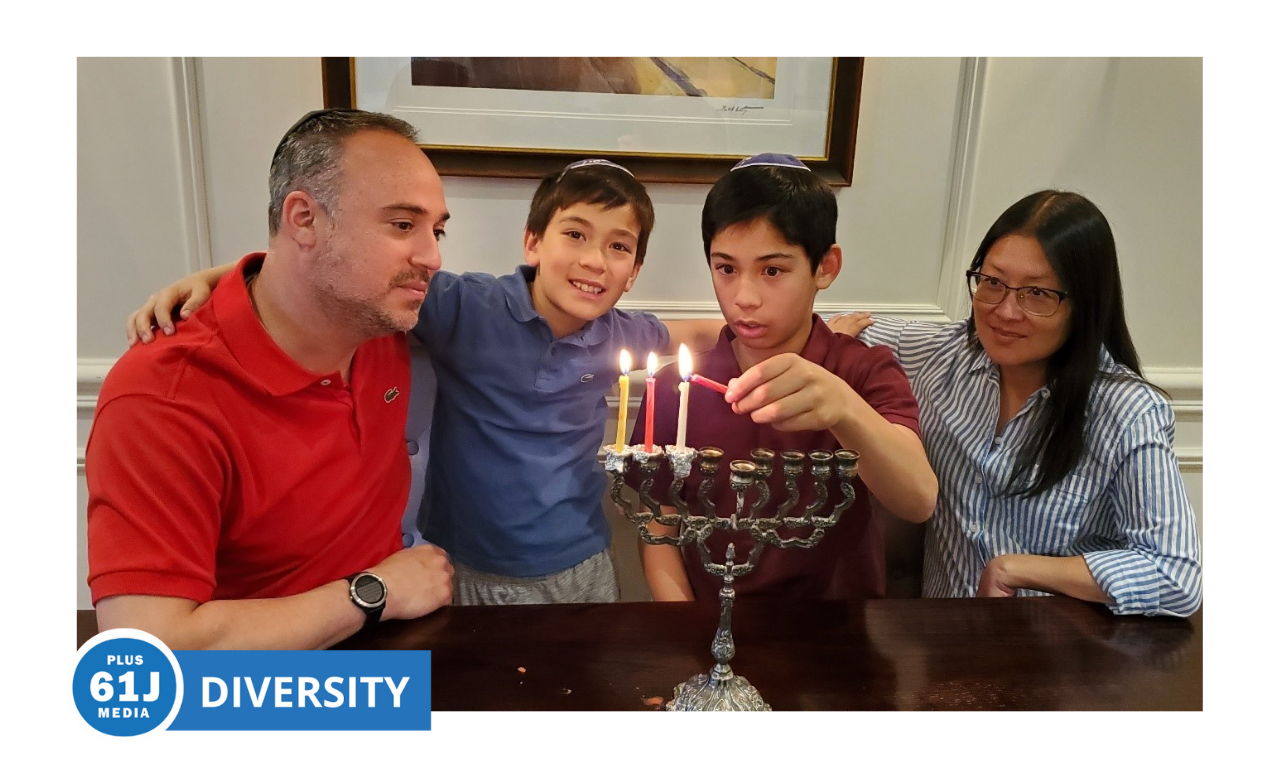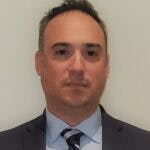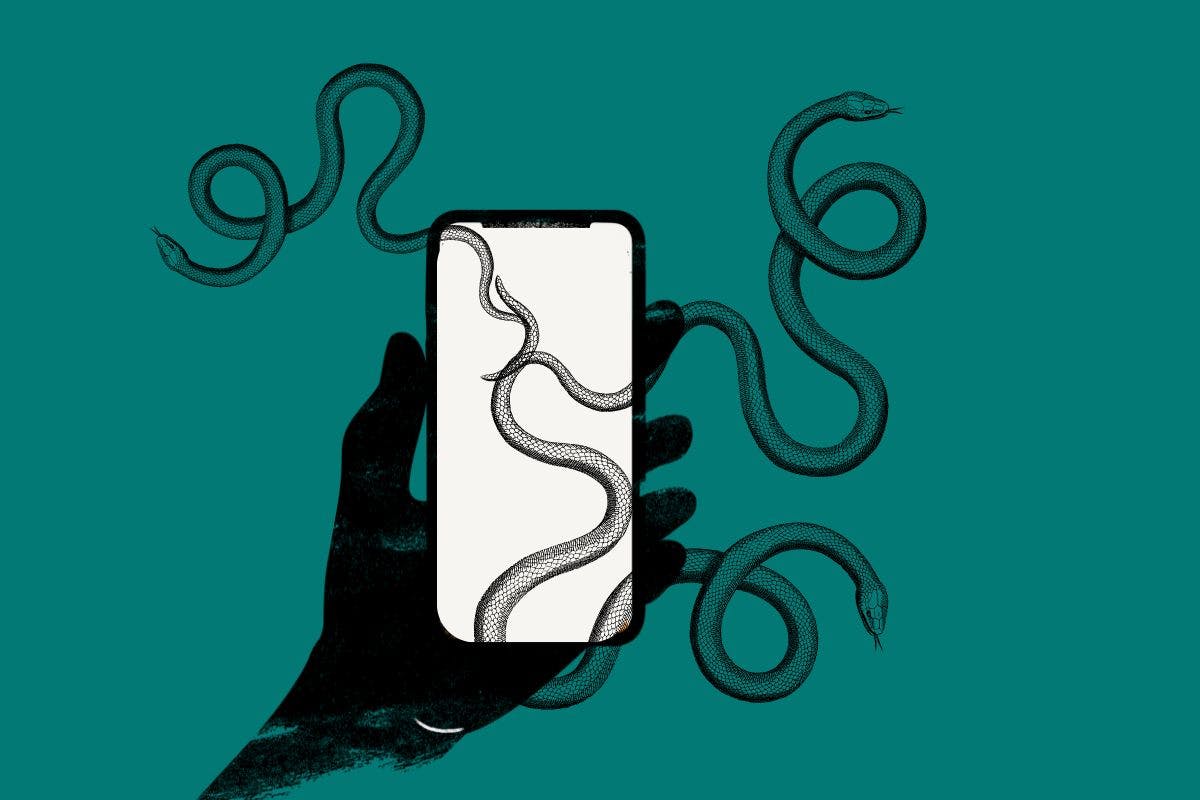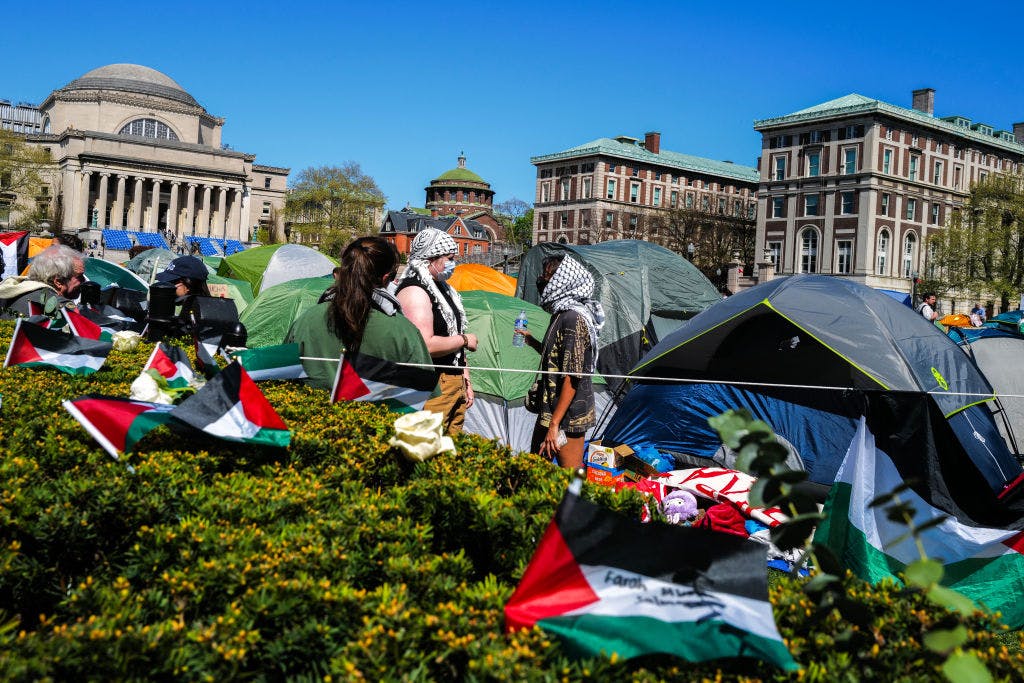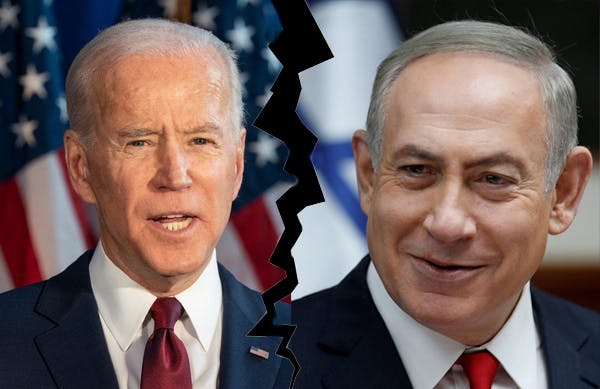Published: 12 July 2022
Last updated: 5 March 2024
NEIL ORLOWSKY watches his children’s struggle to belong as Jews in a world which assumes all Jews look European
My parents were Jewish immigrants to Canada. They ingrained in me the tenets of equality, community, and faith common in many multicultural countries.
I went to public school, had friends from different cultures, and, while growing up conscious of difference, was taught to celebrate the inclusivity that made Canada a cultural mosaic.
But at times this celebration was at odds with my Jewish identity. I repeatedly heard from those within the Jewish community that I should stick with my own.
Then, 20 years ago, I met Christine, the child of immigrants who had moved from China to Canada in the 1960s. She is my rock and my drive, my wife and mother of my children.
Following years of dating, one Christmas, as a gag gift, I bought her Vikki Weiss’ book What to do when you’re dating a Jew, which sparked deeper conversations about marriage, faith, and children.
My eldest came home from Hebrew school crying, because other kids had said, “Why are you here? You don’t belong”
She converted to Judaism, and we are raising our two children as Jews. We tell them they are half Chinese, half white but fully Jewish.
Raising children in an inter-cultural marriage is difficult, and so too is dismantling social constructs within the Jewish community which define an Ashkenazi appearance as the norm.
In many communities, Jewish and white are synonymous. While education moves to de-colonise curriculum and amplifies students' representation, images and texts still depict racialised bodies as different.
Often in Hebrew school and religious picture books, Abraham looks white; the Maccabees look white; David, Mordecai and King Solomon look white. The Jews we learned about were not black, brown, or Asian, they were constructed to fit a Eurocentric lens that creates a perceived white “us” and racialised or schvartz “other”. This is unconsciously ingrained through exposure.
For us, the results of this racialisation are personal. My eldest came home from Hebrew school crying, because other kids had said, “Why are you here? You don’t belong.”
How do we dismantle such systemic and institutional racism when materials are indoctrinating youth to see the world through a Eurocentric lens?
“You’re Chinese, you're not Jewish,” one child said to my son while another student walked by my youngest, smiled and said to another, “Look, he must be Chew-ish”. What can we expect if children are presented with contradictory messages?
In the wider community, people are often surprised to learn my children, with their Chinese appearance, are Jewish.
The debate over whether Jews are white is not only a problem for children of mixed racial backgrounds, of course. It also negates the Sephardic and Mizrahi communities with their long history.
“Ashkenormativity” – the assumption that all Jews look East European – emerges within mixed society through comments such as “I didn’t know you were Jewish” or “You don’t look Jewish.” Both remarks are often directed towards non-white or mixed-race Jews like my wife and children.
When people learn our children are Jewish, they often respond with a joke that references their mixed background such as, “Oh, you’re Jew-nese”.
My children have difficulty understanding this dichotomy. We’ve had to emphasise their full belonging as Jews because they were inclined to see themselves as “half-Chinese, half Jewish.”
For an increasing number of Jews like us, intermarriage enables a widening of Abraham’s tent
I was the last Jewish Orlowsky. My father, born in a Displaced Persons Camp in Poland following World War II, lost his father in the war and much of our family in the camps. For me, and many like-minded Jews in my community, Judaism was more than just a belief in God, it was a mindset, culture, and history. With religion following the mother's lineage, it was important, given my direct connection to the Holocaust, that my children be Jewish.
For many, interfaith or intercultural marriage is a threat to Judaism. There is an innate fear of the other, especially for Jews. This stems from the dilution of the religion and the post-Holocaust push to rejuvenate the Jewish population and is expressed in phrases such as “Stick to your own” and “Look what others have done to us”.
There is also a religious tradition against intermarriage. Deuteronomy 7:3 says explicitly, “Nor shall you make marriages with them (non-Jews). You shall not give your daughter to their son, nor take their daughter for your son. For they will turn your sons away from following Me, to serve other gods.”
But for an increasing number of Jews like us, intermarriage enables a widening of Abraham’s tent.
In Canada only about 4% of marriages are interracial. In Australia, the rate is much higher: about one in three marriages. More children have to balance bi-culturalism, intersectionality, and a world not understanding of their struggles.
In both countries, Abraham’s tent is growing through national policies that pursue greater equity, diversity, and inclusivity, but it seems that some are still having difficulty seeing beyond the shtetl.
RELATED STORY
Are Jews white? Inside US census wars (Jewish Chronicle)
Photo: The Orlowsky family, Neil, Mason, Cole, and Christine, lighting Hannukah candles (supplied)
